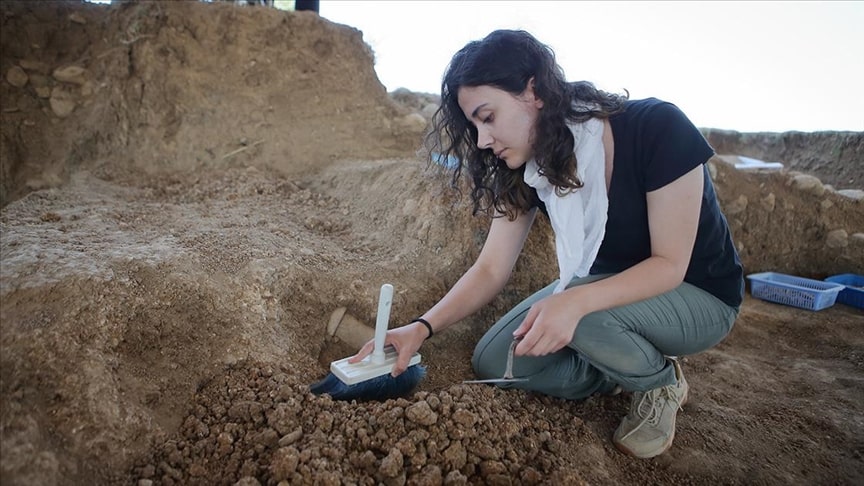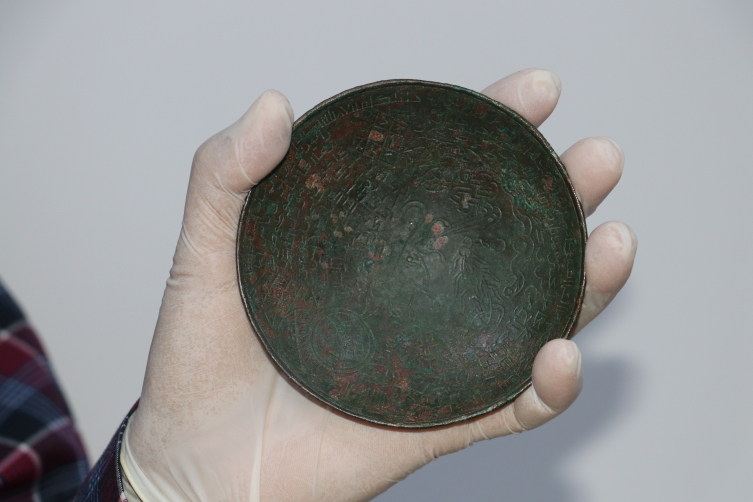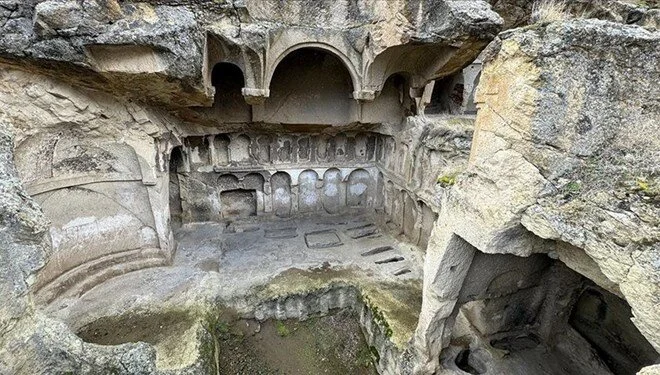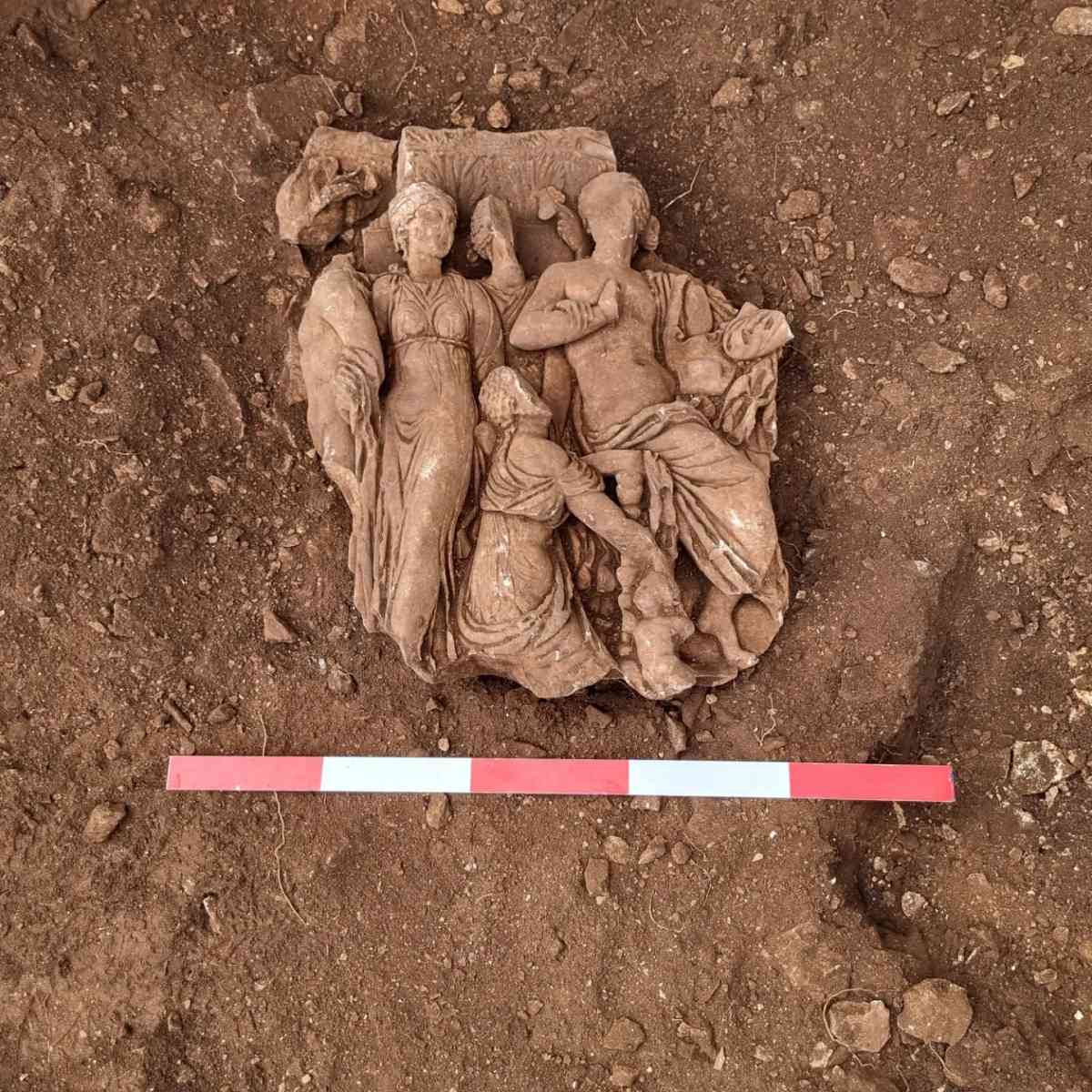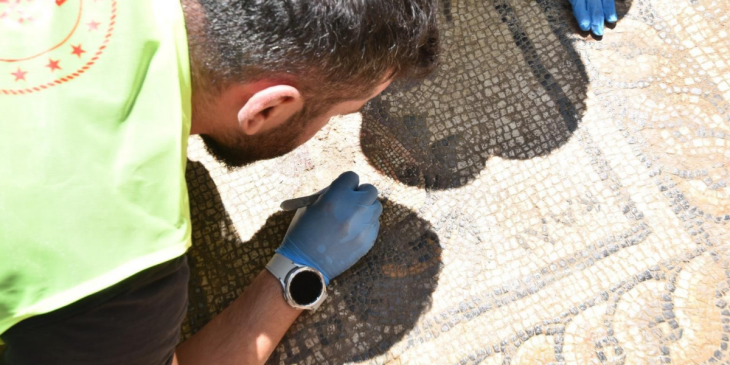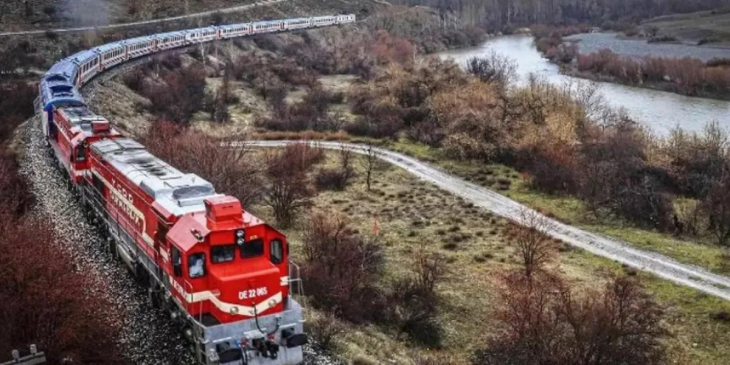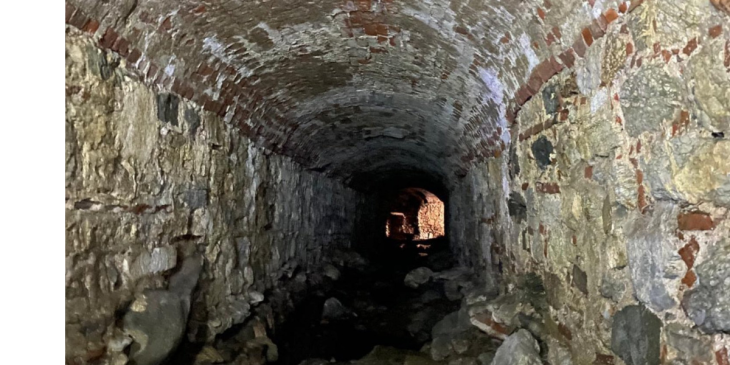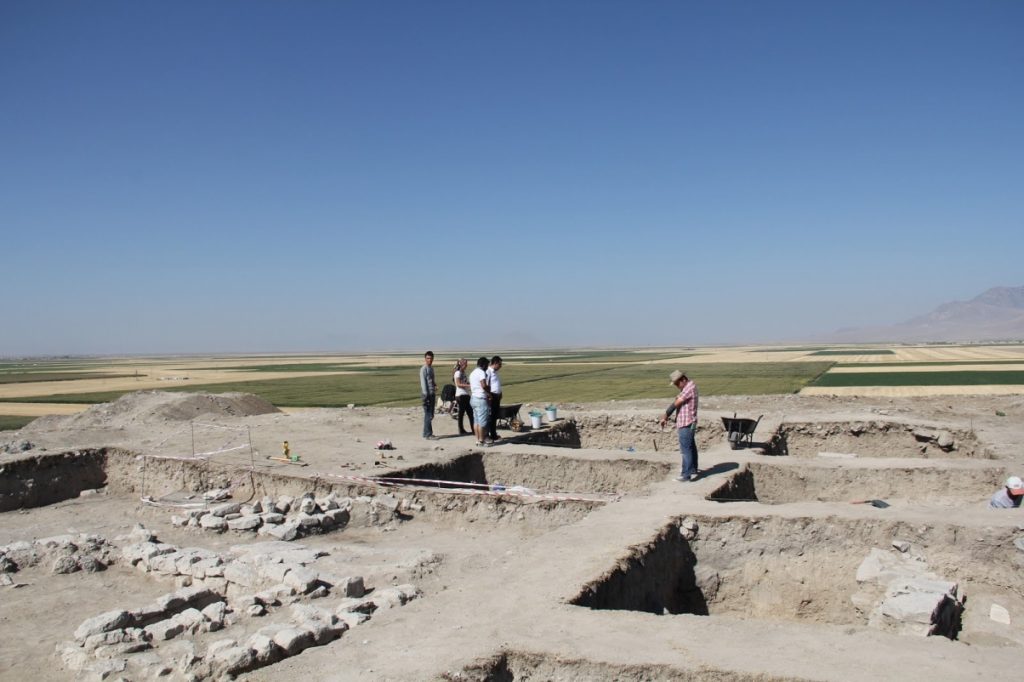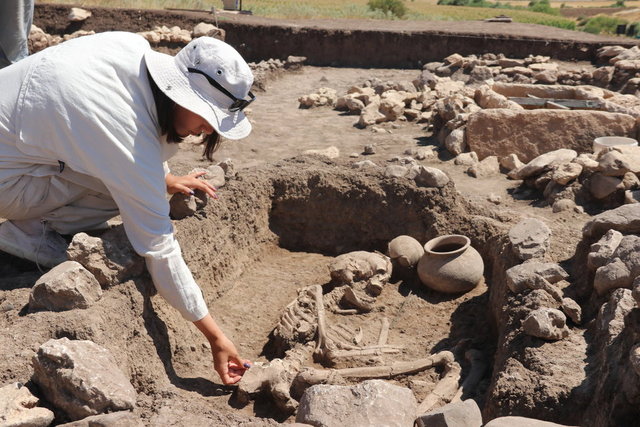The boundaries of the second significant administrative center, the city of Sapinuva, established by the Hittites, who were the first centralized state in Anatolia is determining through workshops called “işlik” spanning 3300 years.
In Şapinuva, which was the capital of the Hittite empire for a period, work continues in the two workshops that were unearthed in the archaeological excavations started in 1990.
Şapinuva is located in the Ortaköy district of Çorum province in present-day Turkey.
Under the leadership of Dr. Önder İpek, a faculty member at the Department of Archaeology within the Faculty of Arts and Sciences at Hitit University, excavations are being carried out in two areas: Ağılönü, which contains sacred sites, and Tepelerarası, where administrative structures and storage facilities are located.
The workshops, referred to as “işlik” in the ancient city, are located approximately 300 meters away from the administrative building.
In the past, these workshops were predominantly used for processing metals and transforming them into various objects.

Additionally, it has been determined that obsidian stone was also worked in these workshops.
İpek, who stated that Şapinuva is an important settlement area where the second-largest collection of cuneiform tablets after the Hittite capital Hattusa is located, said, “Excavation works continue in the Tepelerarası area. In a location referred to as the G Building, there is a two-phased structure identified by Prof. Dr. Aygül Süel in 2015. The lower phase represents a workshop structure, while the upper phase is a more recent architectural construction, established closer to our time. Our current focus is on determining the boundaries of the ‘Workshop-2’ structure and identifying where it ends. We are currently working in this area,” İpek said.
İpek explained that in this year’s excavation, while determining the boundaries of the “Workshop-2” structure, they will also be establishing the limits of the Şapinuva city. He mentioned that they have identified that the residential areas and workshops uncovered in the excavations are located at a distance from each other.
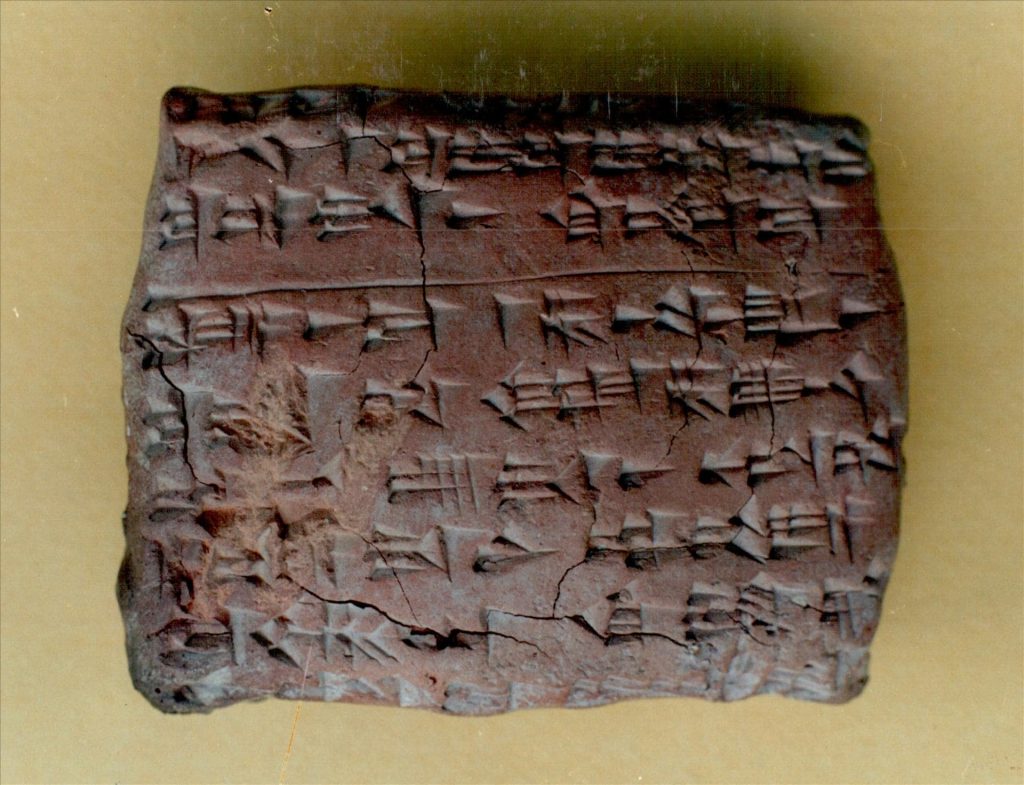
Describing the “Workshop-2” structure as a long corridor with furnaces, İpek stated:
“These workshops were used during their respective periods and then closed down once their functions were fulfilled. The workshops are situated much farther from the administrative building of that era. In fact, they are located at the very outskirts of the city. Just as industrial establishments in contemporary times are situated slightly outside the city where industrial production occurs, we can clearly see this pattern from the Hittite period as well. They are distant from the administrative structure because fires will be lit, smoke will rise, and toxic gases will be emitted. Therefore, they placed these kinds of workshop structures outside the city.”
Cover Photo AA

